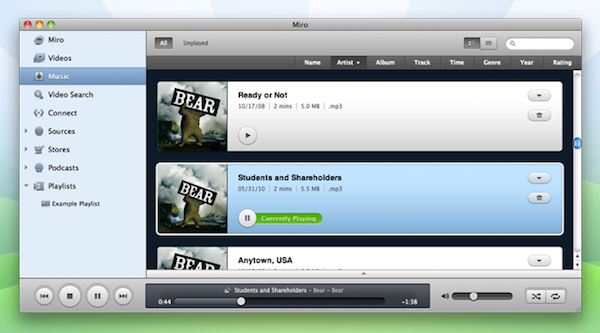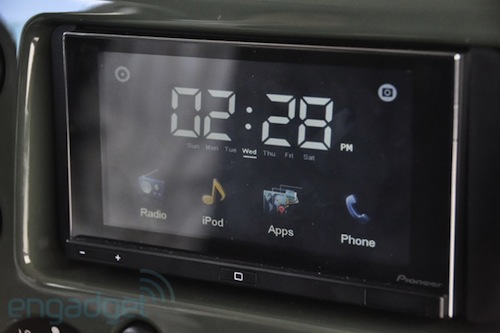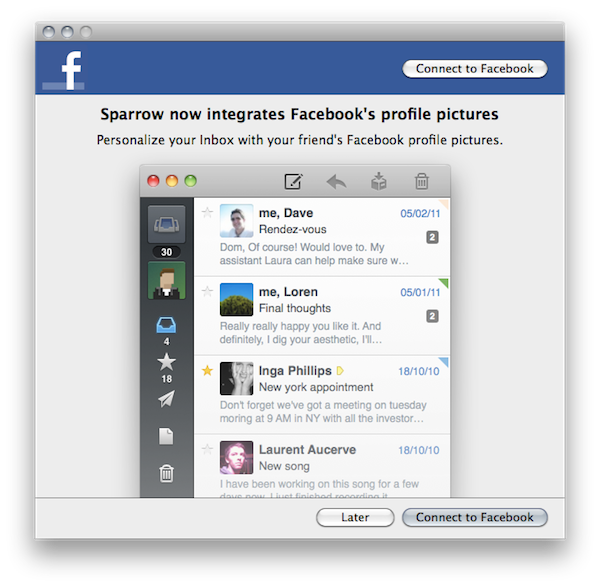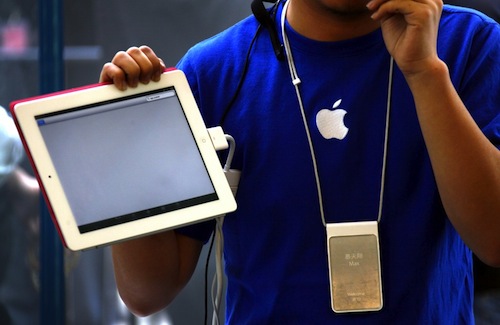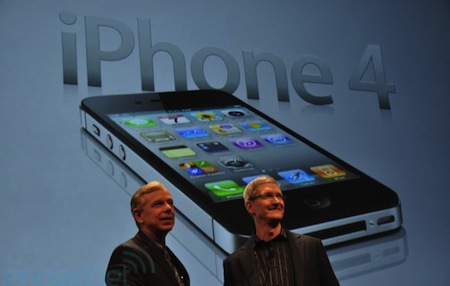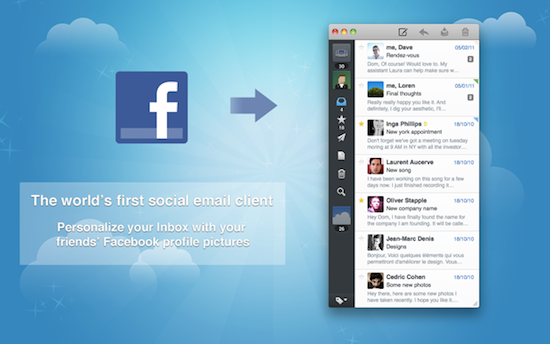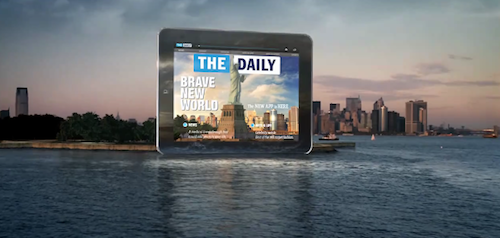Just as Apple is allegedly considering opening its first retail store in Russia, 9to5mac reports Apple will officially roll out the iPad 2 to authorized resellers in Russia and Ukraine this Friday, May 27. That’s the same day carrier Aircel will start offering the iPhone 4 in India, in what it looks like a day focused around international releases ahead of the WWDC, where the company will sure give much importance to the availability of its devices in several countries. The Russian iPad 2 sales will begin this Friday through retail chain Re:Store, with MediaMarkt, Beliy Veter Cifrovoi, ION, Technosila and Eldorado also looking to jump on board for the May 27 rollout. Retailers are expecting “unprecedented demand” for the iPad 2, which doesn’t surprise considering the device’s popularity and the lack of Apple’s retail presence in Russia. As for the prices, Re:Store writes in their PR statement:
We are happy to be among the first to satisfy the incredible demand of our customers for the second generation of iPad featuring 16 GB, 32 GB of built in memory offered either with 3G or Wi-Fi or both features. The starting price for iPad2 is 18.990 roubles which is less than the price of previous generation iPad. The full pack supplied with both internet features equipped with 64 gb memory will be offered for 30.990 roubles. Following unprecedented demand from customers in Germany, Denmark and Norway, where the first batch of iPad 2 was sold inside three days, we are expecting all iPad 2’s to be sold even faster in Russia. We have offered our customers the opportunity to place pre-orders since April and have already received more requests than for first iPad when it came out on the market. I think there will be a deficit, assuming strong demand and problems with spare parts supply from Japan and China.
As usual with international launches, the price will be higher than the US suggested price tag, but this shouldn’t keep people from buying the iPad 2 anyway as, according to the same retailers, the first-generation iPad has got users accustomed to the concept of the tablet, and the iPad 2’s new features should make for incredibly fast sold-outs. As for Ukraine, website UkranianiPhone reports [Google Translation] the device will be available on Friday at selected retailers starting 1 PM with prices ranging from $670 for the 16 GB WiFi model to $1100 for the 64 GB WiFi + 3G iPad 2.
The long-awaited gadget will hit iStore, MOYO, Comfy and Foxtrot. The question may arise: why only in these stores? After the official Apple dealers in Ukraine, much more?
It turns out the whole thing in international politics Apple - iPhone and iPad have the right to sell only partners with the status of APR (Apple Premium Reseller) and major retail chains. Other authorized partners, for example. AAR (Apple Authorized Reseller) or ASE (Apple Sales Expert), unfortunately, have no such right.
Apple’s latest major iPad 2 rollout happened in late April, with twelve countries receiving the device on Friday, April 29.
Update: the iPad 2 is also launching in Brazil this Friday. MacMagazine reports [Google Translation] it will be available through Americanas.com, Fast Shop, Scott and Walmart alongside accessories like Smart Covers, docks and power adapters. [Thanks, Lucas]
Update #2: 9to5mac also reports Argentina and Chile will get the device this week as well.


